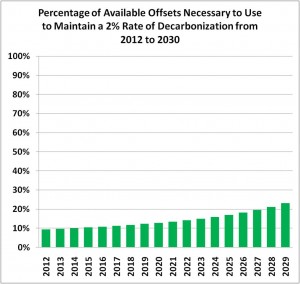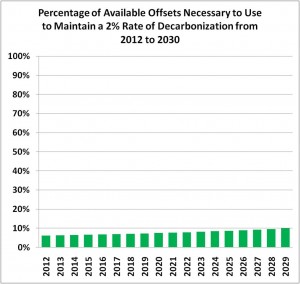Top 10 Things I liked about Prometheus
June 29th, 2009Posted by: Roger Pielke, Jr.
A Guest Post by Sharon Friedman
1. We could keep up with the latest in the “big” climate science (as in GCM, IPCC) world in minutes a day. This comes in handy at work “hasn’t the A2 emissions scenario been proven to be way underestimating current conditions?”. Cocktail parties- not so much.
2. We could have discussions only other science policy wonks are interested in.. My model estimates the density of science policy wonks in the US is about 1 per 100 square miles. So without a virtual meeting place, we are likely to never interact except in hubs such as D.C. Those of us who spent time in D.C. can fondly remember our time worshipping at the Temple of Science (the NAS building) through virtual wonkhood.
3. We could interact between science policy practitioners in the real world and academics. What if medical researchers never spoke to actual doctors or got feedback on their research and how it applies in the real world? Whoops, forgot, most sciences do operate that way. This is actually pretty rare, and immensely mutually beneficial.
4. People were civil and respectful and dialogue led to deeper understanding. People would call each other on questionable claims and assumptions without the called upon leaving in a huff. I have tried to comment on some natural resource issues in online newspapers and magazines; the dialogue there seldom has to do with the exchange of ideas but rather clobbering people with accusations about their motives. Our level of civility is darn rare, in my experience.
5. One of my personal pet peeves is a project I am working on at work that is consistently portrayed incorrectly in the press. I have a hypothesis that the more invalid claims, the less likely it is that a venue provides an opportunity to comment below the story..
6. I could find kindred spirits about downscaling not being the essential approach to think about the future; how can downscaled climate models be essential when downscaled economic models are not? Where else could you talk about whether knowing you don’t know is better than thinking you know and really not knowing?
7. People from all disciplines engaged and brought their perspectives. One of the discussions I thought was great was when economist, chemists and other started talking about how they deal with modeling and testing the results of models in their fields.
8. We could talk about science policy being about more than how much money is in the NSF, NIH, DOE and DOD research budgets (who else is supremely tired of hearing about this?)
9. Roger calling people on how they can be purveyors of “objective science” and deal snarkily with those who disagree: where else could that happen?
10. My fellow Prometheites.. respectful, thoughtful , insightful, questioning and contributing to my knowledge and thought development.
Here’s a virtual glass of Golden City Brewery Legendary Red Ale against a virtual background of Einstein’s Statue to Roger and all you fellow Prometheites!

